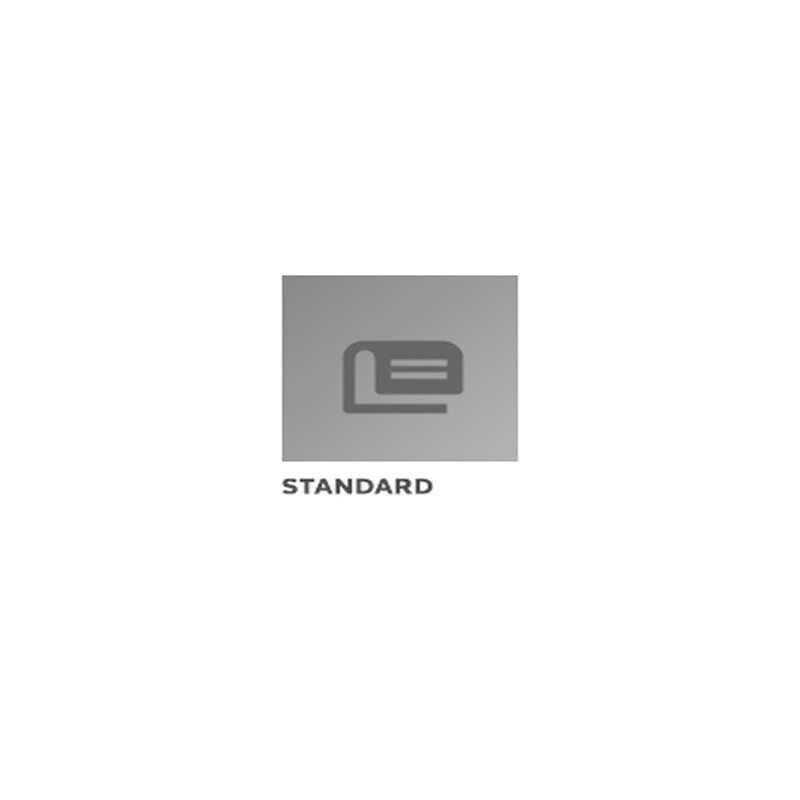Description / Abstract:
This document establishes requirements, test procedures, and
acceptance criteria for the fire testing of fluid handling
components and materials used in aircraft fluid systems. It is
applicable to fluid handling components other than those prescribed
by AS1055 (e.g., hoses, tube assemblies, coils, and fittings).
It also is applicable to materials, wiring, and components such
as reservoirs, valves, gearboxes, pumps, filter assemblies,
accumulators, fluid-cooled electrical/electronic components,
in-flight fluid system instrumentation, hydromechanical controls,
actuators, heat exchangers, and manifolds. These components may be
used in fuel, lubrication, hydraulic, or pneumatic systems.
Classifications
Component assemblies shall be classified according to fire test
duration. The test methods described herein shall be applicable to
each classification.
Fire Resistant
The capability of a material or component to perform those
functions intended under the heat and other conditions likely to
occur at the particular location during a fire and to withstand a
2000 °F flame (±150 °F) for 5 minutes minimum.
Fireproof
The capability of a material or component to withstand a 2000 °F
flame (±150 °F) for 15 minutes minimum, while still performing
those functions intended to be performed in case of fire.
Applicability Guidelines
All flammable fluid conveying components that are located in a
designated fire zone shall be at least fire resistant. All
flammable fluid tanks and their associated shutoff valves located
in a fire zone shall be fireproof. Components which convey
flammable fluids can be evaluated to a fire resistant standard
provided the supply of flammable fluid is stopped by a shutoff
feature. Engine fuel system components can be considered to have a
shutoff feature if the fuel flow would be shutoff with engine
shutdown. Engine oil system components must consider that oil flow
may continue after engine shutdown because of windmilling causing
continued rotation of the oil pump. It should be noted that
historically most oil system components have been evaluated to a
fireproof standard. Other flammable fluid conveying components such
as hydraulic and thrust augmentation systems should be evaluated in
a similar manner.
Components adjacent to fire zones may be required to be fire
resistant or fire proof (see AC20-135 Appendix 1).
Components Protected by Nonintegral Shields
Components to be fire tested that are protected from direct
flame impingement by a nonintegral fireproof device such as a
shield, box, baffle, etc., must employ this device in the fire
test. The device must be positioned per the installation and the
instrumentation that measures the flame temperature during the test
be within 0.25 inches (6.36 mm) from the device. The burner is
positioned as defined in 4.7, and the component must be positioned
in its actual relationship to the device.


